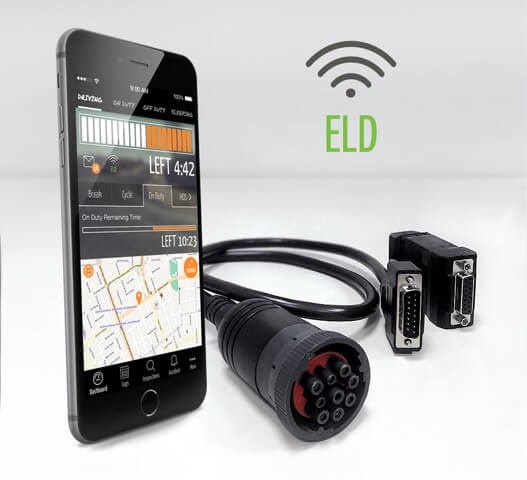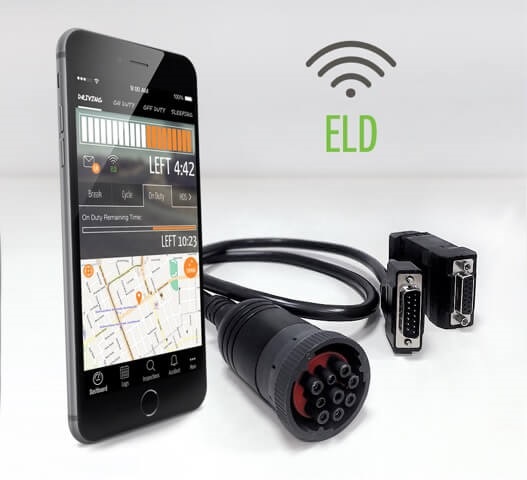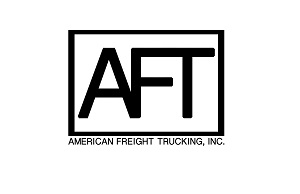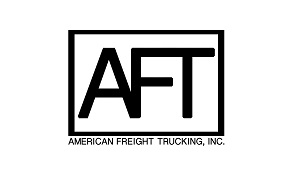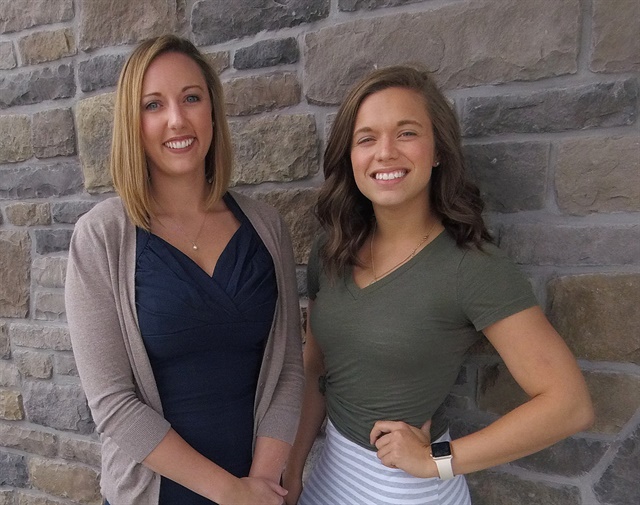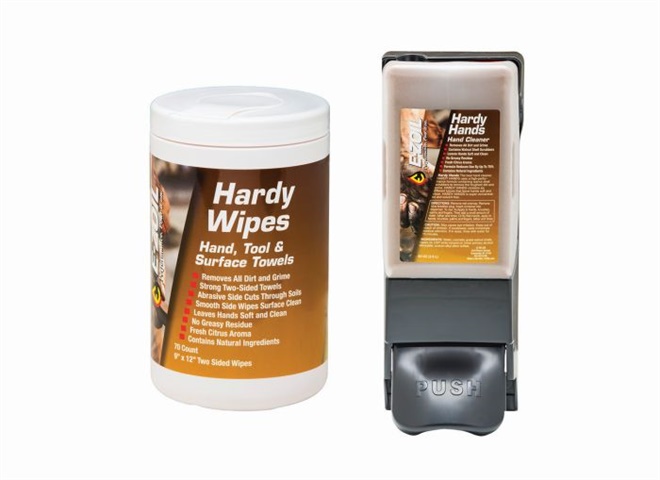Align the Truck Before the Need Arises
Misaligned tires increase vehicle rolling resistance and waste fuel -- that's on top of chewing up tires. Photo by Jim Park
" >Misaligned tires increase vehicle rolling resistance and waste fuel -- that's on top of chewing up tires. Photo by Jim Park
" width="640">Only a small percentage of truck fleets regularly perform alignments on their tractor and trailers. Many prefer to wait until the need arises, such as when they get a handling complaint from a driver or a set of steer tires gets chewed up much sooner than expected.
If the alignment had been done before the expensive steer tires were installed they might still be out there earning their keep.
"You can't shove a tire down the road at any kind of an angle other than straight ahead and not get some kind of wear pattern that will indicate the truck is not going straight down the road," says Fred Staugh, vice president of maintenance at CRST.
Your tires will tell you whether or not the vehicle is running straight and true. Staugh says tires should be examined at every PM interval for tell-tale signs of alignment-related wear, such as feathering, or excess wear on opposite shoulders of the steer tires.
Many tire problems can be traced to mechanical conditions on the vehicle, and not necessarily the obvious ones.
"Alignment refers not only to the various angles of the steer axle geometry but also to the tracking of all axles on a vehicle, including the trailer," notes Sharon Cowart, director of product marketing, Michelin Heavy Truck Tires.
Improper steer axle geometry can do its share of damage to steer tires, but drive axle misalignment and even trailer axle problems can affect steer tires. For example when the two drive axles are not running exactly parallel to each other and a precisely 90 degrees to the longitudinal axis of the truck, they will push the truck to the right of to the left. You counter that by ...Read the rest of this story

